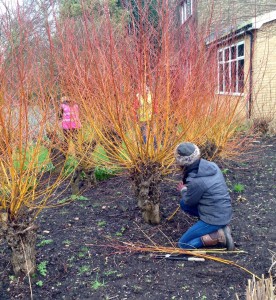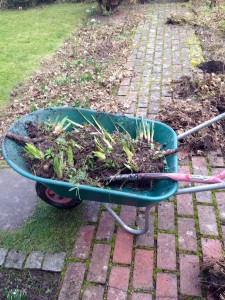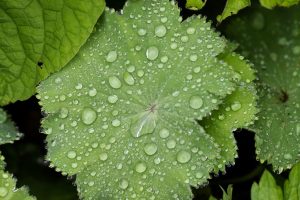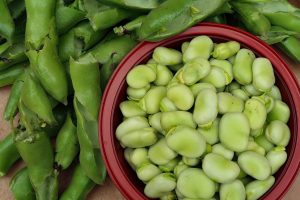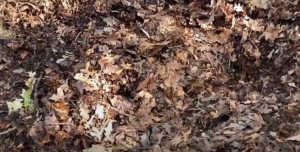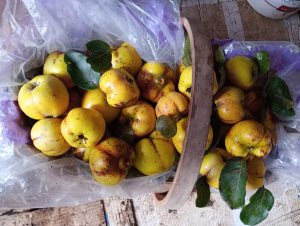Ken reveals how he’s got on after attempting to remove this weed from a garden.
Blog
We want to know about our listeners so please do get in touch and tell us about...
We at World Radio Gardening would you like to wish all our listeners a very Merry Christmas...
March is nearly through and Easter just round the corner… gosh it’s zipping past this year! I’ve...
We are having some topsy-turvy weather of late. It’s cold one minute and heading for warmth the...




